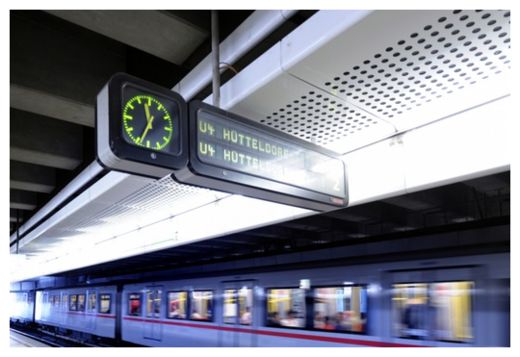
© Adrian Hancu
For at least ten years experts have been debating the use of leap seconds, tiny bits of time added to calendars and clocks in hopes of reconciling the difference between atomic time used by computer systems and time as defined by measuring the Earth's movement around the sun and its daily, but slightly slowing, rotation.
Governments have been split on the issue but are expected to make a decision this week at a UN telecom meeting, says the International Telecommunications Union (ITU) on Tuesday.
The United States, France and others are the primary countries pushing for the entire scientific community to abolish the leap second, while Britain is digging in its heels to maintain the current system along with China and Canada, writes Reuters' Stephanie Nebehay. Russia has not publicly voiced its opinion but has quietly aligned itself with Britain and China.
As computers became more accurate and faster, leap seconds became more necessary to prevent atomic clocks from speeding ahead of solar time. Added at irregular intervals beginning in 1972, these extra seconds effectively stretch atomic time by a heartbeat to make up for the irregular wobble in the Earth's rotation, reports AP's Frank Jordans.
Vincent Meens, who headed an ITU group recommending the removal of leap seconds, told reporters, "This will be an important decision because the problem of introducing the leap second will disappear and we will be able to have a more standard time than the one we have today."
"Time is very, very important for synchronization of all the radio communications systems. For instance, a lot of systems are using GPS time just to synchronize themselves and that would be very important for everybody to have the same time," he said, referring to satellite navigation systems.
Although an added second every few years is undetectable by most people, operators of cell phone networks, financial markets and air traffic control systems need to have accuracy in their timekeeping to keep vital infrastructure on track.
Stopping their systems for the length of a heartbeat every year or two is disruptive and potentially dangerous, says Elisa Felicitas Arias, director of the time department at the Paris-based International Bureau of Weights and Measures.
"You can make a dramatic error if, for example, you are trying to land an aircraft," she told Frank Jordans of the Associated Press, noting that rocket launches, too, are never scheduled on days when a leap second might occur. "This is something we are trying to correct."
"Most of the people who operate time services favor discontinuing leap seconds," Judah Levine, a physicist at the National Institute of Standards and Technology in Boulder, Colorado, told Jordans. "The main problem is that the leap second is usually implemented by stopping the clock for one second. However, the world doesn't stop," he said.
Satellite navigation systems like GPS don't use leap seconds, which adds confusion, said Levine. "In addition, the leap second occurs in the middle of the day in Asia and Australia, which is particularly inconvenient."
Over the past 40 years, 34 seconds have been added to UTC, a spokesman said.

Reader Comments
to our Newsletter